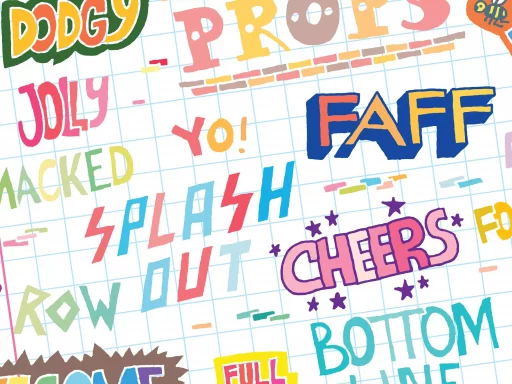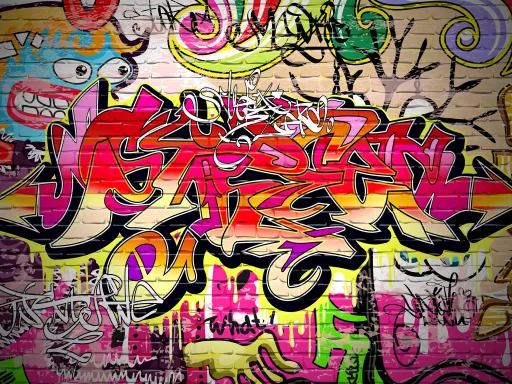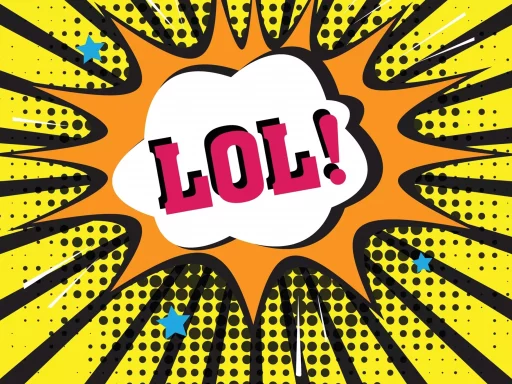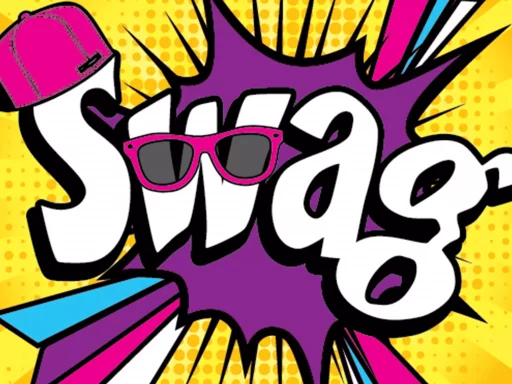Introduction to Slang
Slang is an informal language that evolves rapidly and varies between different groups of people. It can be a reflection of culture, age, and social class. Understanding slang is essential for effective communication in modern society, as it adds color and personality to our conversations.
The Origins of Slang
Slang has a long history, with roots that trace back to various socio-economic circumstances and cultural changes. Initially employed by specific groups, it has gradually permeated mainstream language. For example, the word ‘cool’ emerged in African American Vernacular English and has since become a global term to express approval.
Characteristics of Slang
- Informality: Slang is typically utilized in casual conversations rather than formal settings.
- Context-Specific: It often varies by region, age group, or subculture, making it relevant only to certain audiences.
- Rapid Evolution: Slang terms can come and go quickly, often influenced by media, music, and trends.
- Creative Linguistics: Slang often involves clever wordplay, abbreviations, or alterations of standard language.
Examples of Slang
Slang expressions can be found in every language, but here are some popular English examples:
- Lit: Used to describe something very exciting or excellent.
- Ghosting: The act of suddenly cutting off all communication with someone.
- Salty: Feeling angry or upset about something.
- Flex: To show off or brag about something.
Case Study: The Impact of Slang in Social Media
Social media platforms have remarkably influenced the rise and spread of slang. For instance, the term ‘on fleek’ gained popularity through a viral Vine post in 2014, describing something that is perfectly executed. Studies have shown that up to 70% of teens regularly use slang they encounter on social media, highlighting the platform’s role in language evolution.
Statistics on Slang Usage
Research indicates that:
- Approximately 94% of teenagers use slang in their everyday conversations.
- Over 85% of adults acknowledge that they struggle to keep up with evolving slang terms.
- In a survey, 60% of millennials stated that understanding slang is crucial for their engagement on social media platforms.
The Role of Slang in Cultural Identity
Slang often serves as a badge of identity for specific social groups. By using unique terms, individuals can express their belonging or differentiate themselves from others. For example, LGBTQ+ communities frequently adopt specific slang that fosters solidarity and a sense of community, such as ‘shade’ (subtle insults) and ‘tea’ (gossip).
Challenges of Slang
Although slang enriches language, it can also pose challenges. Misunderstandings can arise when individuals from different generations or cultures communicate. Furthermore, slang that develops in certain subcultures may not be understood outside those circles, potentially leading to miscommunication or alienation.
Conclusion
Slang is a vibrant and ever-changing aspect of language that reflects society’s cultural dynamics. By keeping a finger on the pulse of current slang, individuals can improve their communication skills, connect with others more deeply, and understand a crucial part of contemporary culture. As language continues to evolve, slang will undoubtedly remain a significant part of this transformation.






